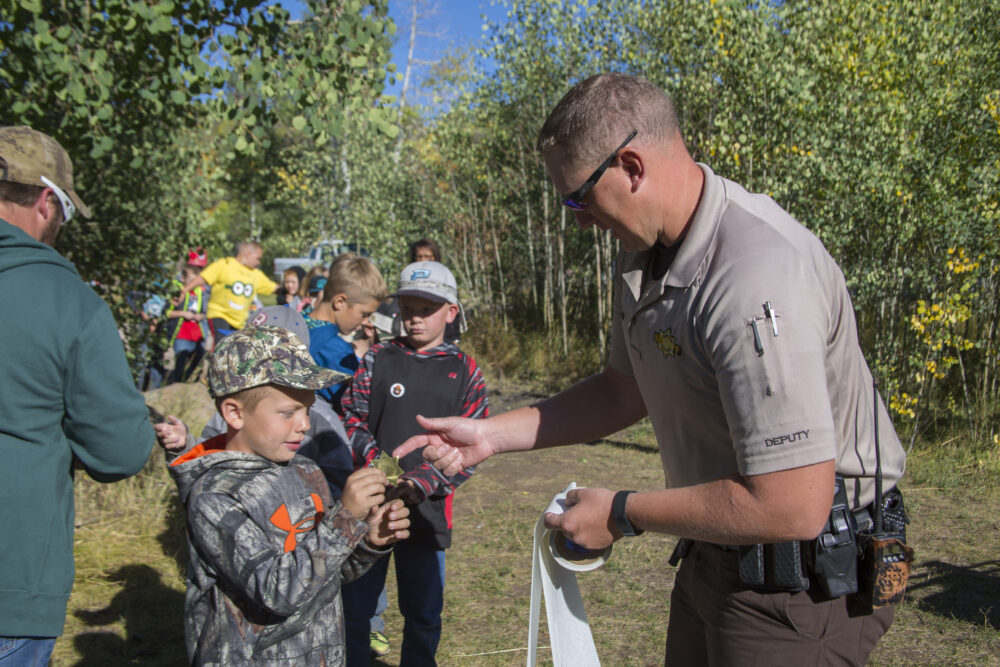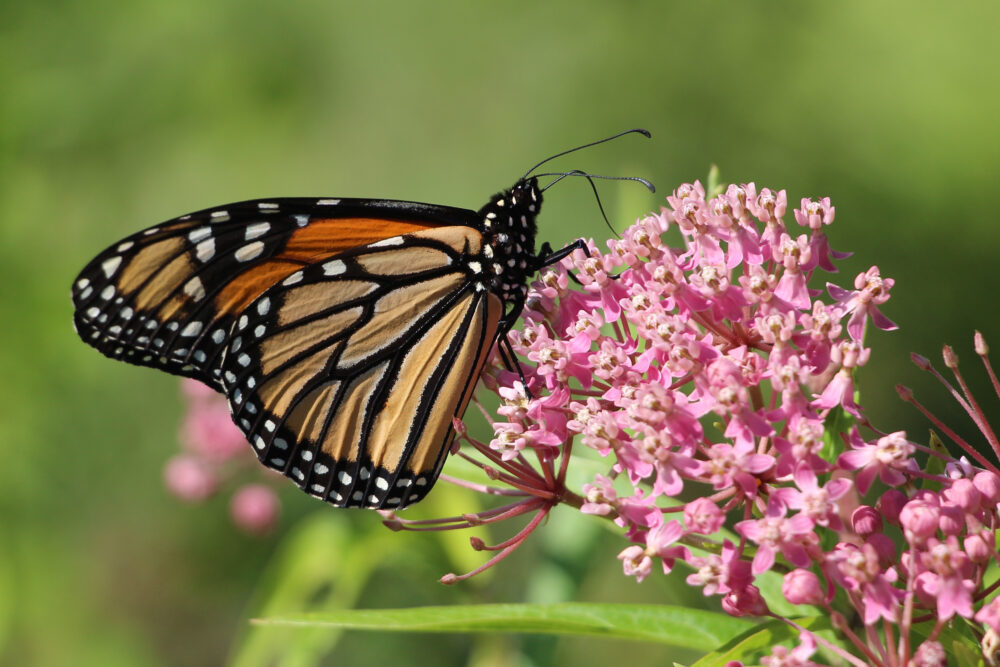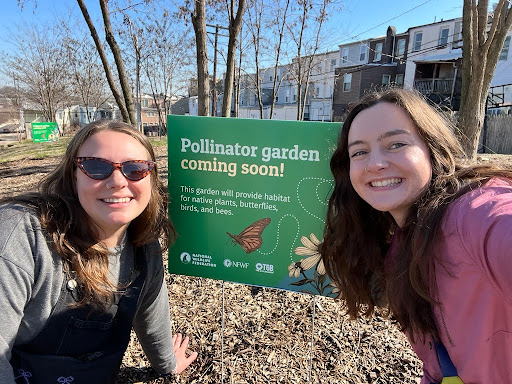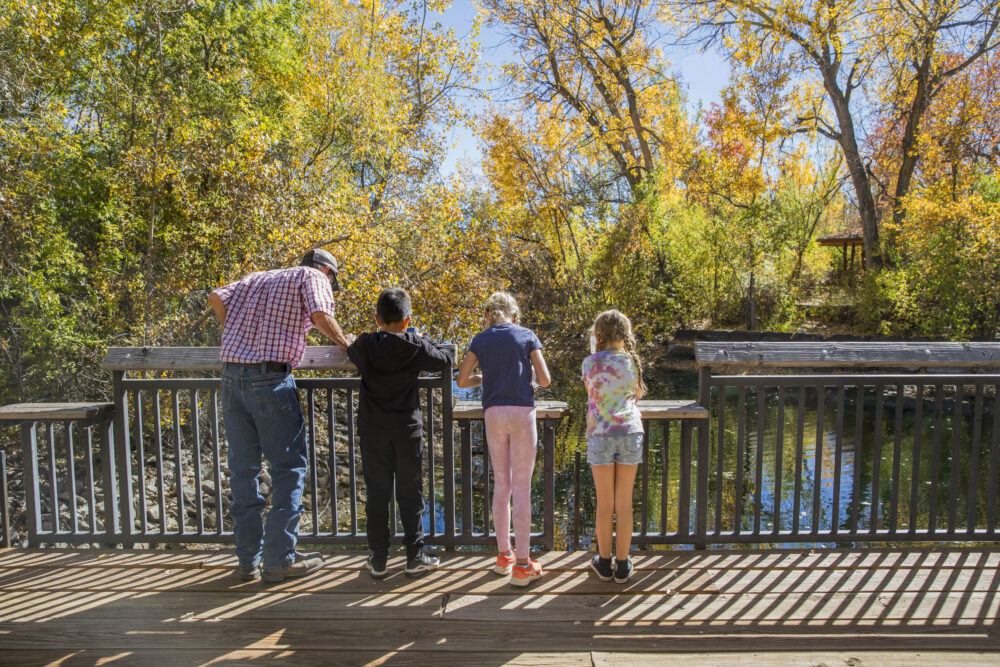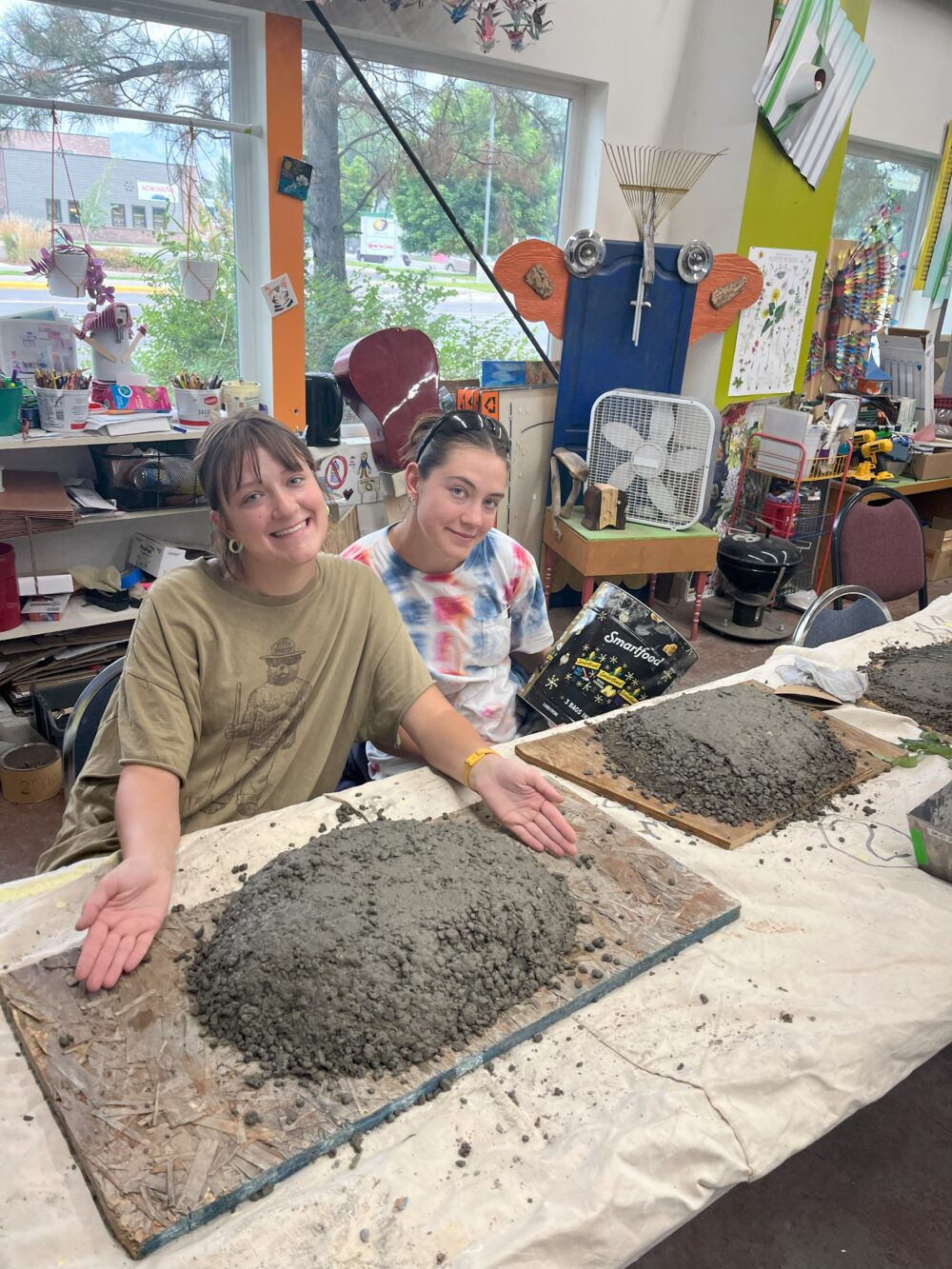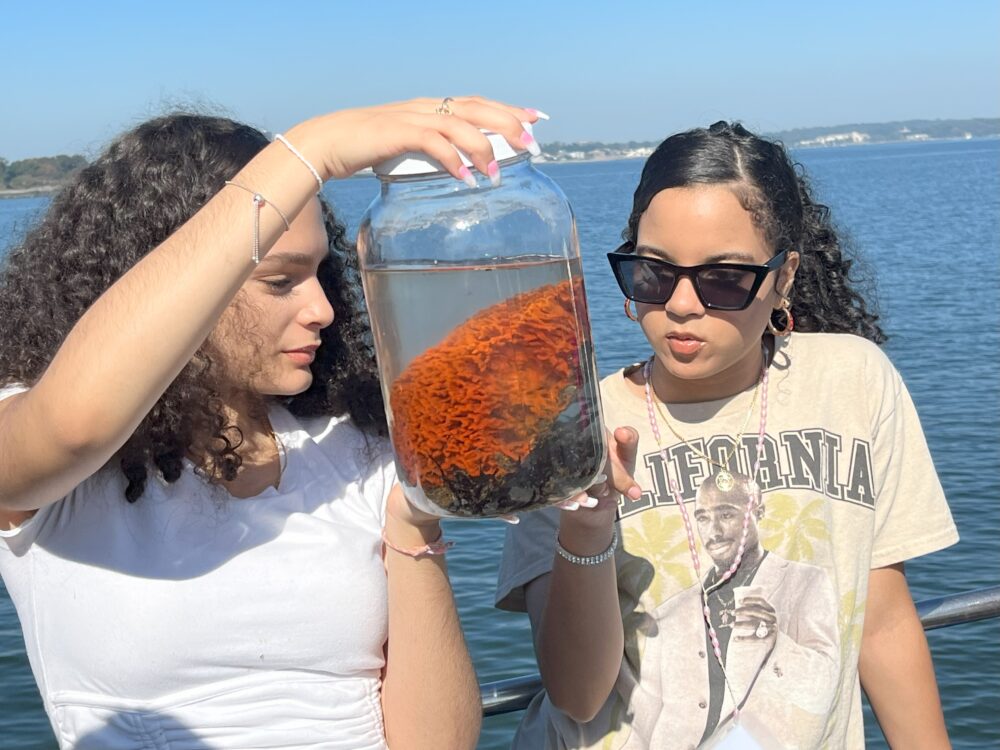We have much more to do and your continued support is needed now more than ever.
When Words Become Endangered: Oxford Junior Dictionary Removes Nature Words
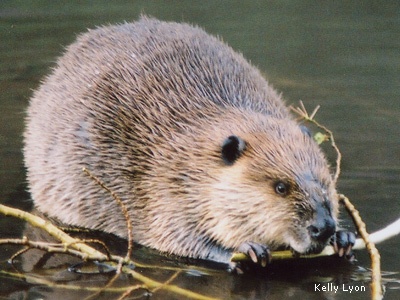
“Beaver” Out, “Blog” In
Ironically, the word “wren” was removed not long ago from the Oxford Junior Dictionary. In fact, the newest edition of this prominent children’s learning tool no longer defines more than 30 nature words, including “dandelion,” “otter,” “acorn” and “beaver.” In their place, a child will now find definitions for such terms as “MP3 player,” “blog” and “cut and paste.”
Though the latest edition was published in 2007, no one seemed to notice the changes until late last year when an outraged woman told a reporter about the additions and omissions.
According to the British newspaper The Daily Telegraph, Lisa Saunders, a mother of four in Northern Ireland, was helping her son with his homework when she realized that words such as “moss” and “fern” were not in his dictionary. Certain Christian terms, including “chapel” and “saint,” also were gone.
When it was published online last December, the Telegraph article drew hundreds of vitriolic comments from readers. Bloggers took it from there, and outrage spread across the Atlantic. Which leads us to another irony: The Internet had become a tool for protesting the saturation of digital technology into all aspects of modern life—especially children’s education.
In response to the criticism, Oxford University Press released an official statement: The dictionary “is not designed for children to use as they progress higher up the school years, and should be regarded as an introduction to language and the practice of using dictionaries.” The words included in it, the statement continues, are selected based on the “language children will commonly come across at home and at school.” The books also must include words “covering the main religious faiths” and must now pay special attention to computer-related words. These concerns, says the company, must be balanced with keeping the book small enough to be accessible for children between the ages of 8 and 11.
For many naturalists and educators, however, the omissions raise a different set of concerns.
“Making room in the junior dictionary for a new lexicon of technology and communications may be a good thing for children, provided they are not also denied definitions as basic as that of the flower growing on their own lawn,” says Kevin Coyle, NWF vice president for education and training. “Several of the words removed to facilitate participation in the virtual world were cut at the expense of some creatures such as the otter that have been struggling for survival in the real world.”
Kids Know More Pokémon Characters Than Plants and Animals
The revised book could be viewed as another example of adults contributing to the growing disconnection between children and the natural world—a trend that was identified by a study conducted a few years ago by two zoologists at Cambridge University. Reporting in the journal Science, the researchers revealed that a typical 8-year-old could name 78 percent of the 150 characters in the popular video game Pokémon, but could identify less than half of the common British plants and animals in pictures.
Which brings us to one final irony: The concept of the Pokémon universe stems from the hobby of insect collecting, a popular pastime of the game’s inventor when he was a child in Japan.











